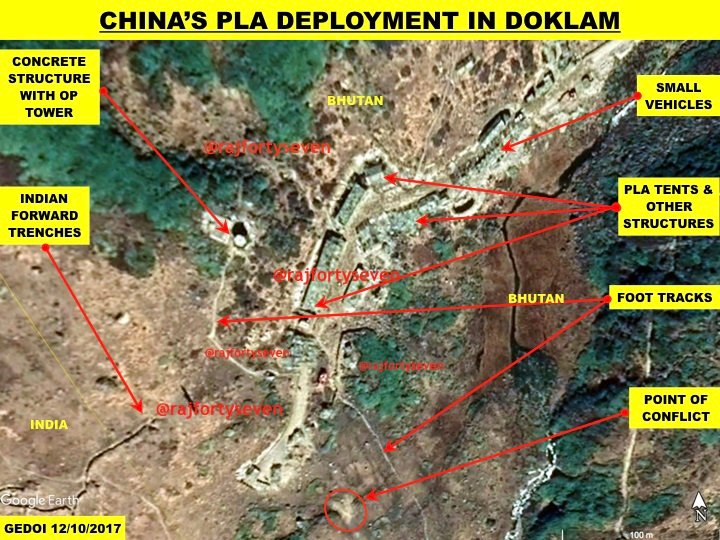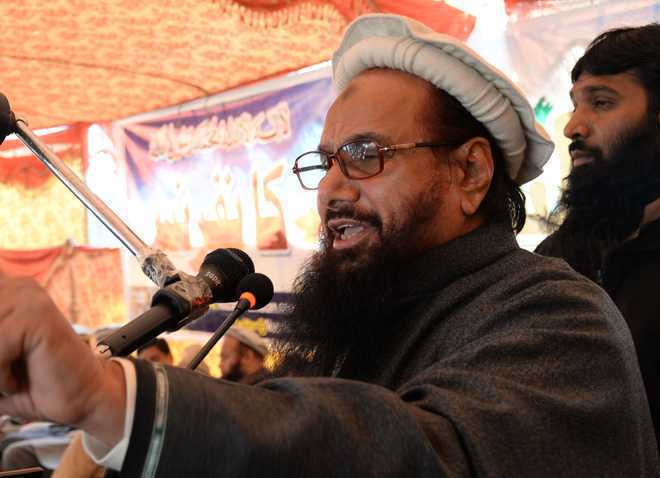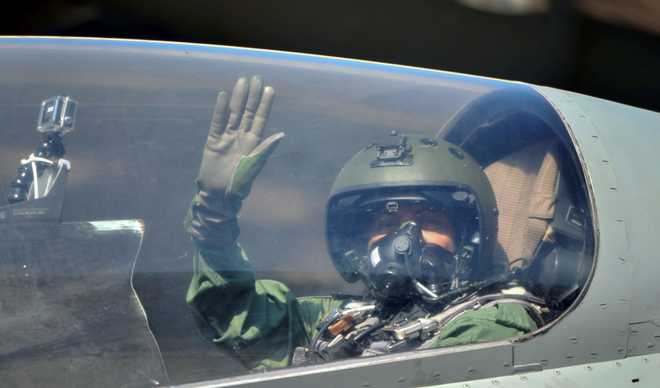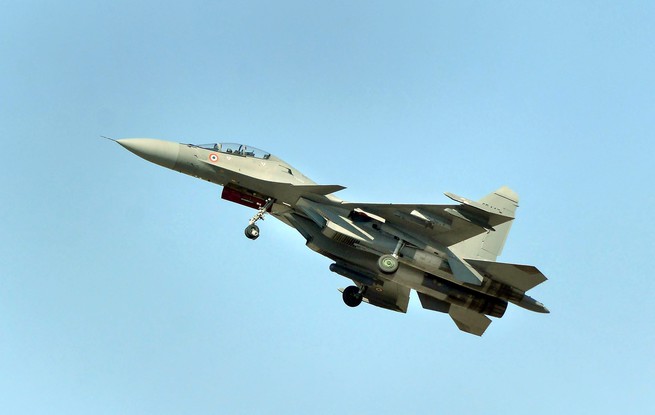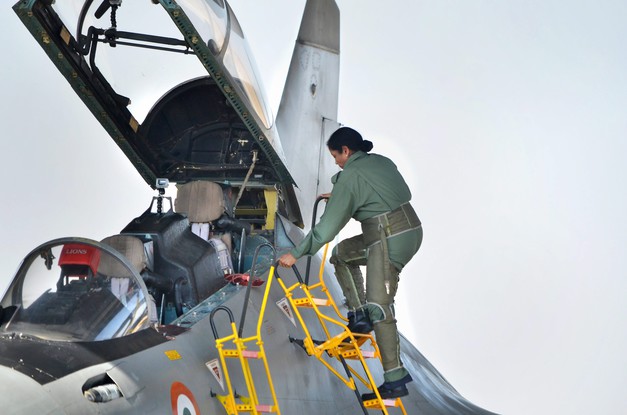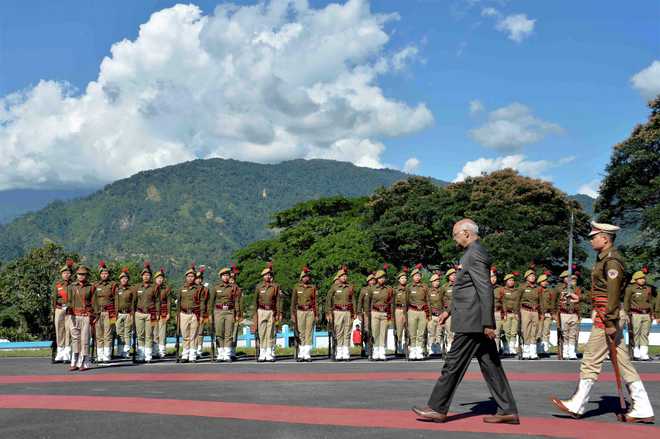
Some military experts believe the vessel was forced to surface, but others say there is not enough information to back up that theory.
China’s defence ministry has not responded to inquiries from the South China Morning Post regarding the incident.
What is known is that the submarine entered the contiguous zone less than 24 nautical miles from the contested Diaoyu Islands, which are known as the Senkakus in Japan.
Relations between China and Japan have long been tense because of historical issues and their territorial disputes over the tiny, uninhabited archipelago – which lies between Taiwan and the southern Japanese island of Okinawa – that is controlled by Japan but also claimed by China.
It was the first time a Chinese navy submarine had come so close to the islands, leading to speculation that it was an apparent move by China to demonstrate its sovereignty claim.
But the early and long exposure of its underwater trajectory, according to military experts, suggests the vessel is not as quiet as it should be. Japan’s defence ministry said anti-submarine ships and planes had been tracking the Chinese submarine since January 10.
China’s nuclear attack submarine has been in service since 2006, carrying out missions in the Indian Ocean and Western Pacific. Two of the submarines, type 093, were built in the 2000s, and at least two more – the upgraded type 093A – were commissioned in 2016, according to a report to the US Congress in 2017.
Japan did not say whether the submarine spotted near its waters was one of the earlier vessels or the upgrade, but experts say it was the newer type. That submarine is believed to have a vertical launch system for anti-ship YJ-18 cruise missiles, and was expected to be on par with the United States’ Los Angeles-class submarines – or at least much quieter than its notoriously noisy predecessor, the type 091 Han-class.
“This is such a shame for the navy,” said a Beijing-based military source, who requested anonymity, adding that the vessel was detected because it was “too noisy”.
The incident has also shown the strong anti-submarine capabilities of Japan, which has the technological backing of the US military, according to military commentator Zhou Chenming in Beijing.
“It’s not so bad that they’ve been exposed, it could push the Chinese to work harder on making the submarines quieter,” Zhou said. “As a strong military power China should be confident enough not to cover up its weaknesses and failures.”
Chinese nuclear attack submarine that raised flag in international waters may have been testing Japan’s patrol capabilities
It is also unusual that a nuclear submarine – which could stay underwater for months – surfaced in front of another navy, given that they usually strive to stay unseen and undetected.
“Once a submarine has been exposed and its unique acoustics have been recorded, it puts them at a great disadvantage,” said Li Jie, a researcher at the Naval Military Studies Research Institute in Beijing.
In 2004, a type 091 Han-class nuclear submarine was detected as it trespassed in Japanese territorial waters near the recent incident. But it remained submerged until it returned to Chinese waters, despite being chased by Japanese ships and planes dropping sonobuoys, which pick up underwater sounds and transmit them.
Macau-based military expert Antony Wong Dong believed the nuclear attack submarine was forced to surface, and said it was “dumb” of the Chinese navy to allow its features to be seen and photographed.
He also dismissed claims that the submarine was flying a Chinese flag to assert its claim to sovereignty over the Diaoyus, noting that it surfaced in international waters.


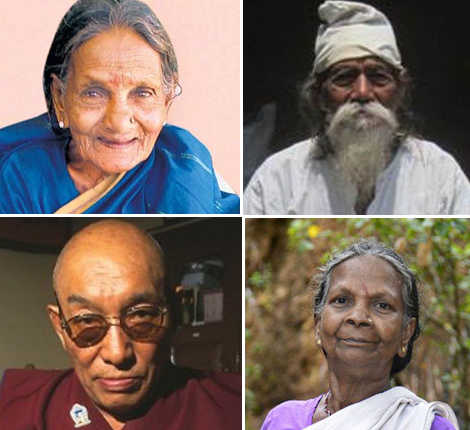

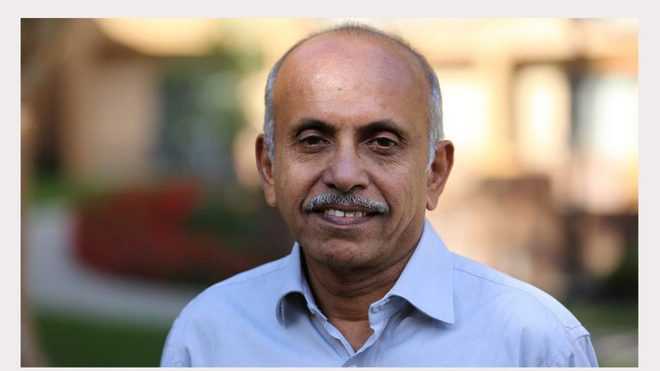
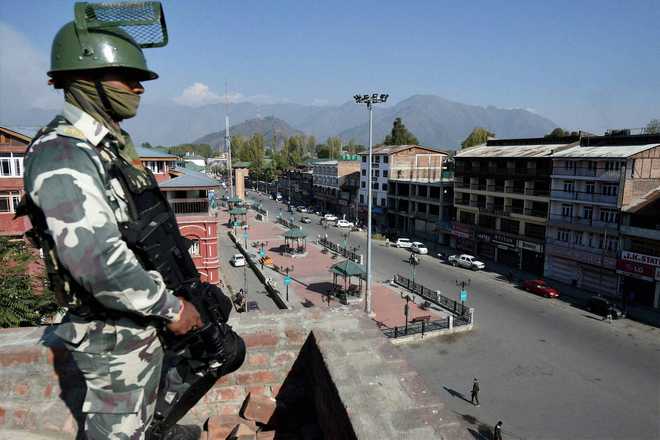
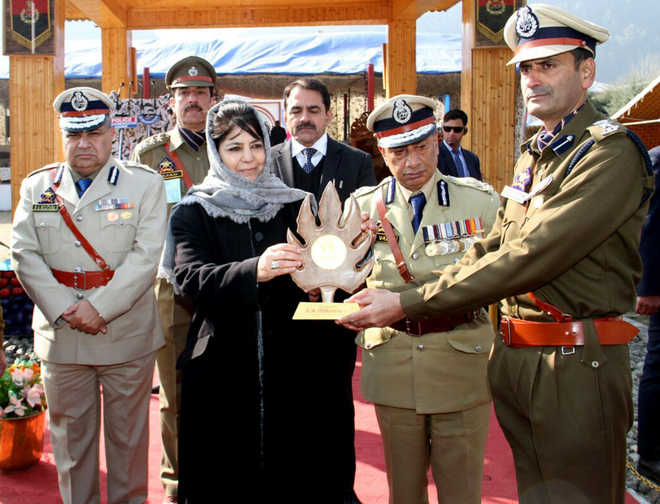
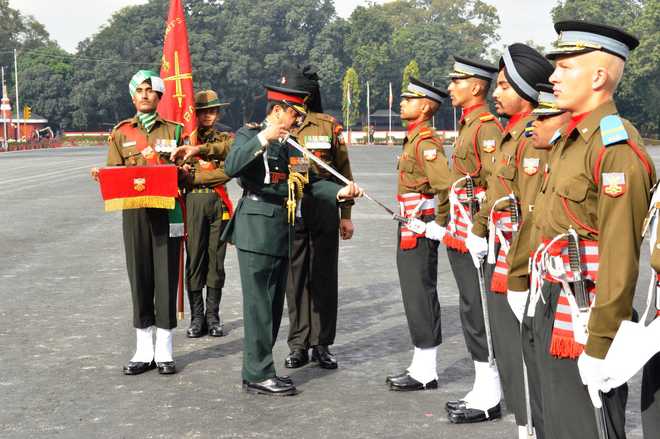
 AFP FILE
AFP FILE